Embarking on an African safari is a top travel aspiration for many. However, the perception of high costs often holds back dreamers from turning those aspirations into reality. The initial query for most is, “how much does a safari cost?” Fortunately, an African safari can be tailored to fit various budgets. The cost will vary based on your chosen destination, travel season, number of locations visited, and accommodation preferences.
By grasping the elements that influence the safari’s price, you can craft an itinerary that aligns with your financial capacity, desires, and anticipations. Like many things, value often corresponds with expenditure. Yet, a reasonable price doesn’t always imply a compromise in quality.
To give a ballpark figure, an African safari might range from US$250 to US$2,000 per person daily. The final cost is largely contingent upon your chosen timing and location.
Pricing for an East African Safari Adventure
How much does it cost to go on safari in East Africa? Well, East Africa, hailed as the cradle of classic safari adventures, boasts unparalleled wildlife encounters on its vast plains. Uniquely, it’s also the sole region in Africa where you can embark on genuine gorilla and chimpanzee expeditions. Costs are typically presented in US dollars.
Kenya
In peak season, an individual can expect to pay anywhere from slightly above US$600 for a budget group safari in Kenya to US$2,550 for an exclusive, fly-in luxury experience. This rate encompasses transportation from Nairobi to the safari site, entrance fees to national parks, game drives, and some additional activities. However, it doesn’t cover international flights, visas, or special experiences like hot air balloon rides over the Masai Mara or walking safaris at certain camps.
The cost of an African safari itinerary in Kenya is influenced by several factors: the time of year you visit, your mode of transport, your choice of safari camp, and the number of domestic flights between destinations. It’s important to note that safaris in Kenya are priced in US dollars, which can make them relatively more expensive compared to similar experiences in South Africa, where safaris are priced in South African rands.
The peak season in Kenya, the busiest time for safari enthusiasts, occurs during the migration period from mid-July to the end of September. This is when vast herds of wildebeest migrate from Tanzania into the Masai Mara National Reserve. If a luxury safari camp is beyond your budget, which offers a more private and exclusive game-viewing experience, you might want to consider traveling during the off-peak seasons. These include the short rains from January to March and sometimes in November. This can provide a more cost-effective way to enjoy the Kenyan wilderness without the peak season price tag.
During the shoulder season, you can expect a price range of approximately US$550 to US$1,100 per person per night for various safari options. This spectrum includes scheduled small-group safaris at the lower end and luxurious fly-in safaris at the higher end. One advantage of visiting during the shoulder season is that the parks and reserves tend to be less crowded, and the resident wildlife population ensures an equally appealing game viewing experience compared to the peak season. We’re focusing on offering genuine safari experiences within the most popular game reserves. If you’re seeking more budget-friendly alternatives, there are economical options available at camps situated outside the game reserves.
Please keep in mind that these price estimates are rough guidelines based on 2023 rates. Your Wild Wings Safaris destination expert can provide detailed insights on how to reduce costs, such as traveling outside of Kenya’s peak season, opting for a private guide and personal driver instead of a fly-in safari, and minimizing the number of stops on your itinerary. They will tailor the options to best suit your preferences and budget.
Tanzania
Similar to Kenya, the cost of your safari in Tanzania hinges on several factors. These include the timing of your visit, your mode of transportation (whether it’s a fly-in safari or drive-in safari, and whether it’s a private safari or a scheduled small-group safari), your choice of accommodations, and the number of domestic flights required to move between national parks and safari lodges. It’s worth noting that, like Kenya, safaris in Tanzania are also priced in US dollars, with park fees that are slightly lower than in Kenya.
In general, you can anticipate a per-person, per-night cost ranging from US$450 to US$2,800 (excluding international flights), depending on the season and the camp or lodge you select.
Similarly to Kenya, the wildebeest migration plays a significant role in the cost of a Tanzania safari. However, in Tanzania, the migration is a year-round spectacle. It unfolds in various phases over many months, commencing with the calving season from January to March in Ndutu and Southern Serengeti, followed by the rutting season from April to June in Western and Central Serengeti. Then comes the thrilling river crossings from July to August in Northern Serengeti, with the herds starting their southward movement again in October and November.
To economize, apart from considering the shoulder season, your choice of accommodations can be pivotal. Relying on the expertise of a reputable tour operator becomes invaluable in this regard. For those with budget constraints, joining a group tour and staying in larger, more affordable safari lodges may be an option. Others may be willing to spend a bit more for the privilege of staying in smaller, more exclusive safari camps situated in prime locations.
Another strategy for cost reduction is minimizing the number of stops on your itinerary. Instead of rushing from one game reserve to another, which can inflate costs, consider spending more time in one or two places. This approach allows you to take advantage of long-stay specials or early booking discounts and can help keep your safari expenses in check.
Safari Pricing in Southern Africa
What is the price of embarking on a safari in Southern Africa? A Southern African safari offers numerous appealing aspects. Apart from exceptional game-viewing opportunities, the region allows for the seamless combination of two or even three Southern African countries within a single safari itinerary. Southern Africa encompasses both the most budget-friendly and the most luxurious safari destinations in Africa — South Africa and Botswana, respectively.
South Africa
In general, South Africa stands out as the most budget-friendly safari destination, making luxury accessible to those on a tight budget. When planning a safari in South Africa, the timing of your trip matters less in terms of cost compared to your choice of lodging. South African safaris are usually priced in the local currency, the South African rand, which can be advantageous for travelers using US Dollars, Pounds, or Euros due to favorable exchange rates.
For those seeking budget options, a scheduled, small-group safari to Kruger National Park offers one of the most affordable choices. While you must factor in the cost of a long-haul flight to South Africa, the attractive safari pricing often compensates for it. For instance, a typical four-day Kruger Park budget safari in 2023 costs only ZAR 15,500 per person (equivalent to well below US$900 for a 3-night/4-day safari). This package includes return road transfers from Johannesburg, Kruger Park entrance and daily conservation fees, three nights’ accommodation within the park, breakfasts, dinners, and all game drives in an open safari vehicle led by a qualified English-speaking guide.
In such budget-friendly safaris, the focus lies primarily on optimizing the game-viewing experience rather than lavish five-star accommodations. The lodging is typically modest, featuring simple air-conditioned bungalows with two or three single beds and a small en-suite bathroom. Savvy travelers can save between 5% and 10% by capitalizing on early bird specials and making advance bookings, which can also help keep flight costs reasonable.
These budget-conscious safari packages are located within Kruger National Park, offering a more immersive wildlife experience. While there are even cheaper safaris available, they are often situated outside the park, which may not be ideal. In the neighboring private game reserves, the cost varies significantly, depending on the reserve and accommodation preferences.
For mid-range safari experiences in South Africa, expect prices to range from approximately ZAR 8,500 to ZAR 13,000 per person sharing per night. At the current exchange rate, this translates to between US$500 and US$700 per person, a remarkable value when considering the inclusions and high standards of safari lodges and service in South Africa. Most lodges in this price bracket are luxurious five-star establishments.
For travelers seeking the pinnacle of luxury, South Africa boasts some of Africa’s finest high-end lodges. Premium options typically range from ZAR 14,000 (US$750) to ZAR 35,000 (US$2,000) per person per night. These high-end lodges, often found in the renowned Sabi Sand Nature Reserve, offer opulent accommodations, gourmet dining, and unparalleled wildlife encounters, providing guests with the ultimate luxury African safari cost experience.

Botswana
Botswana has adopted a strategy focused on generating high revenue with low tourist numbers and minimal environmental impact in its safari tourism. While there are a limited number of affordable safari options in Botswana, it is widely recognized as one of the most expensive safari destinations in Africa. Most safari camps in Botswana are priced between US$1,000 and US$2,500 per person per night during the peak season. If you’re seeking an affordable and budget-friendly safari, South Africa is likely to be a more suitable choice.
In Botswana, many lodges are situated in remote areas accessible only by light aircraft or challenging 4×4 journeys. This factor significantly influences the construction and operational costs of high-end safari lodges. The combination of high operational expenses, substantial concession fees, and the necessity of chartering light aircraft for transfers to and from many safari camps contributes to the overall cost of a fly-in safari in Botswana.
However, the advantage for visitors is that Botswana offers some of the most secluded and exclusive African safari experiences without the crowds and congestion often encountered during peak seasons in East Africa and South Africa’s Kruger National Park. Several factors affect the cost of a Botswana safari, including the type of safari package you choose, the time of year you visit, the number of stops in your itinerary, and the fact that all prices are quoted in US dollars.
Botswana experiences three distinct seasons. The Green Season, from December to March, offers the lowest prices, with many mid-range safari camps priced between US$550 and US$600 per person sharing per night, and top-end camps typically costing around US$850 to US$1,100 per person sharing per night. This period features some rainfall but is also a time of beauty and abundance when most wildlife gives birth, and the landscape transforms into a lush paradise, ideal for birdwatchers and photographers.
The Shoulder Season typically spans from April to June, including November, and the peak season in Botswana occurs from July through October. The price difference between the Green Season and the peak season can be substantial.
For budget-conscious travelers interested in a Botswana safari, it’s advisable to inquire about taking advantage of more competitive pricing during the Green or Shoulder Season, consider longer stays at one or two safari camps to minimize the need for costly inter-camp flights, and explore special safari circuit offers within specific lodge groups.
Zimbabwe
How costly is a safari in Zimbabwe? Zimbabwe, much like South Africa, doesn’t exclusively revolve around safaris. Zimbabwe is primarily renowned for Victoria Falls, a UNESCO World Heritage Site and one of the “Seven Natural Wonders of the World.” Many travelers opt for a brief visit to Victoria Falls, often combining it with a safari adventure in South Africa or Botswana.
Nonetheless, Zimbabwe boasts some of Africa’s finest game reserves, offering the opportunity to spend a week or more observing abundant wildlife. Safari packages in Zimbabwe are priced in US dollars.
A 9-day premium Zimbabwean safari package encompasses two nights of lodging in Victoria Falls with breakfast included, followed by three nights of safari in both Hwange National Park and Mana Pools, complete with road and air charter transfers between these destinations. The overall expense falls well below US$10,000 per person (excluding international airfare).
Zimbabwe holds numerous hidden treasures and ranks among the preferred safari destinations. Its expansive, remote wilderness areas offer an intimate and pristine wildlife viewing experience, unburdened by crowds and development. The country presents some of Africa’s finest opportunities for game viewing and photography, whether by vehicle, on foot, or on water. The local populace is known for its warmth and hospitality, making Zimbabwe a safe and welcoming destination. When considering these factors, a safari in Zimbabwe remains reasonably priced.
Zambia
Zambia, recognized as one of Africa’s unspoiled safari destinations, presents some of the continent’s finest walking safaris. The nation’s wildlife-rich game reserves are secluded and devoid of crowds, characterized by intimate, exclusive safari camps. These elements contribute to the pricing of a Zambia safari, making it a relatively costly choice.
Several factors contribute to the cost of a Zambia safari. Air travel is the primary means of transportation between game reserves and national parks. Safaris are priced in US dollars, and Zambia’s safari season is limited, with many camps closing during the intense rainy season from November to May. Consequently, the safari industry caters more to discerning safari enthusiasts seeking an authentic, off-the-beaten-path African safari experience.
Accommodation at a four-star comfort safari camp typically ranges from US$800 to US$900 per person per night during the low season and approximately US$1,000 in the high season. For a five-star luxury safari camp, the cost typically starts at around US$1,400 to US$1,500 per person sharing per night during the low season and may rise to about US$2,000 in the high season.

An 8-Day North and South Luangwa Combo Safari offers exceptional value at US$800 per person per night from mid-June to the end of July, rising to US$920 in the high season from August to October (2023 rates). This package encompasses four nights in South Luangwa and three nights in North Luangwa, including all amenities, meals, local brand beverages, and an array of game viewing activities such as day and night game drives, bush walks, and bicycle safaris. It also covers two flights (South Luangwa to North Luangwa and North Luangwa to Mfuwe Airport), passenger safety charges, landing fees, airstrip transfers, national park fees, and laundry services.
For those embarking on a Zambia safari between July and September, it’s advisable to consider spending one or two nights in Victoria Falls. Exploring Livingstone Island and taking a dip in Devil’s Pool or Angel’s Pool at the precipice of the falls is an unforgettable experience.
The cost per person sharing per night in Livingstone varies based on the chosen level of accommodation and optional activities, such as Zambezi River cruises, helicopter flights over Victoria Falls, whitewater rafting, canoeing, bungee jumping, and ziplining. Livingstone boasts a range of excellent lodging options to suit various preferences.
Other favored game reserves in Zambia with safari camps priced below US$1,000 per person include the Lower Zambezi National Park and the expansive Kafue National Park. However, it’s important to note that accessing these reserves often involves additional flight costs.
Namibia
Namibia is an immense country with vast distances to cover. The cost of a journey to Namibia varies and can be budget-friendly or more expensive depending on several factors:
- Travel Timing: The affordability of a Namibian trip hinges on the time of year you choose to visit;
- Transportation: Your mode of transportation between destinations plays a role in cost considerations;
- Itinerary Stops: The number of stops on your itinerary and the places you plan to visit influence the overall expense;
- Accommodation: The level of accommodation you opt for significantly affects your budget;
- Lodging Remoteness: The remoteness of safari lodges can drive up costs, especially when air travel is the only means of access.
Much like in other parts of Africa, private, exclusive, and remote destinations tend to be pricier. Remote lodges often require air access, leading to higher operational and maintenance costs. Many of these lodges actively participate in community development and eco-tourism initiatives, which may entail additional charges.
For travelers who wish to explore Namibia’s offerings but have budget constraints that prevent a private tour or fly-in safari, an excellent alternative is to join a scheduled, small-group, road-based safari that covers the country’s iconic highlights. It’s important to note that Namibia is a sought-after safari destination, and accommodation options are limited. Securing availability can be challenging if you don’t make reservations well in advance.
Conclusion
In conclusion, the cost of an African safari trip can vary widely based on a multitude of factors, including the destination, time of year, mode of transportation, choice of accommodation, and the level of exclusivity. While some safaris can be relatively affordable, offering incredible wildlife experiences without breaking the bank, others may come with a higher price tag, providing luxurious and remote adventures for those seeking a more premium safari experience. Ultimately, the key to finding the right safari within your budget is careful planning, research, and consideration of your preferences, ensuring that your African safari becomes a memorable and financially manageable journey.
FAQ
The cost of a 2-week African safari can vary widely depending on several factors, including your chosen destination, travel season, number of locations visited, and accommodation preferences. On average, you can expect a range from US$250 to US$2,000 per person per day. Keep in mind that this is a rough estimate, and the final cost can be influenced by specific details of your itinerary.
The cost of an African safari in East Africa, such as Kenya and Tanzania, depends on factors like the time of year you visit, your mode of transportation, your choice of safari camp or lodge, and the number of domestic flights between destinations. In Kenya, for example, safari prices range from slightly above US$600 for budget group safaris to US$2,550 for exclusive luxury experiences. Prices are typically presented in US dollars.
The timing of your East African safari can significantly impact the cost. Peak seasons, like the migration period in Kenya from mid-July to September, tend to be more expensive due to high demand. Traveling during the off-peak seasons, such as the short rains from January to March, can offer more budget-friendly options while still providing a great safari experience.
Yes, there are budget-friendly safari options in Southern Africa, particularly in South Africa. You can find affordable choices like small-group safaris to Kruger National Park, which can be as low as ZAR 15,500 (equivalent to well below US$900) for a 3-night/4-day safari. These budget options focus on optimizing the game-viewing experience rather than lavish accommodations.
The average cost of an African safari trip can vary depending on several factors, including your chosen destination, the duration of your trip, the level of luxury you prefer, and the time of year you plan to visit. On average, an African safari can range from US$250 to US$2,000 per person per day.
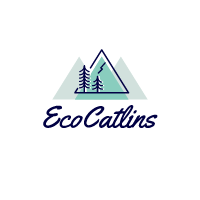

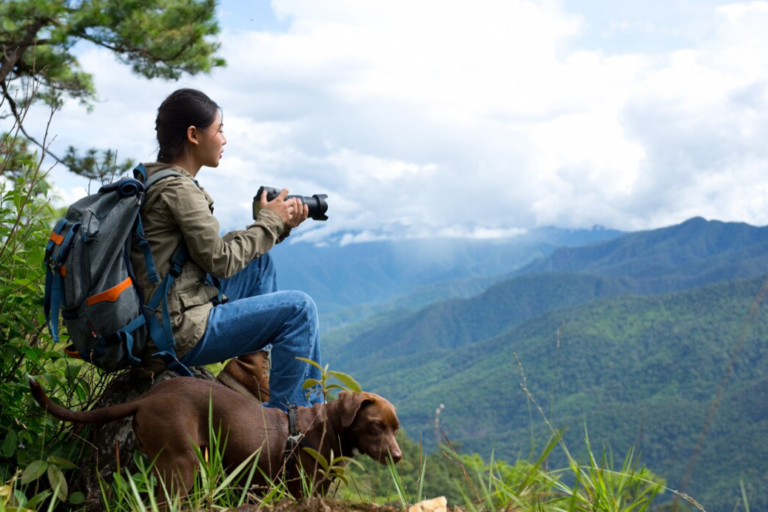
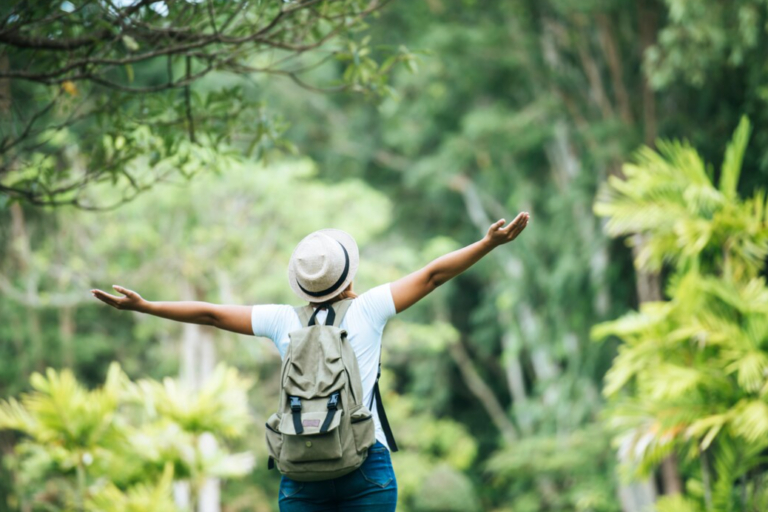
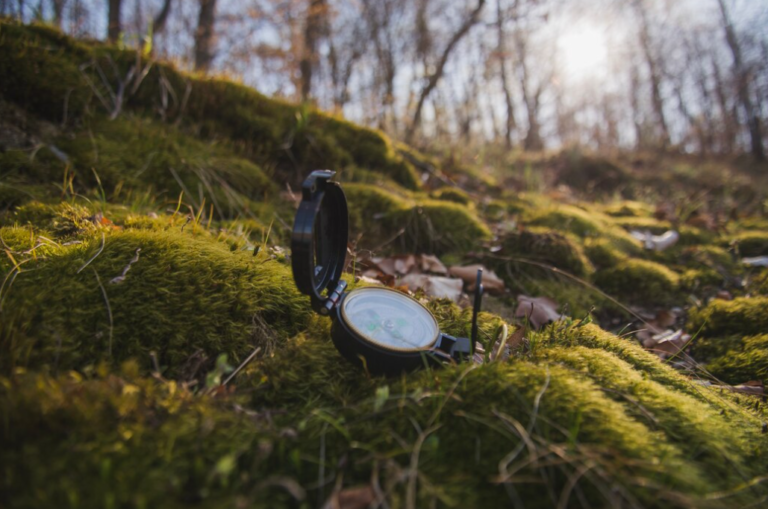
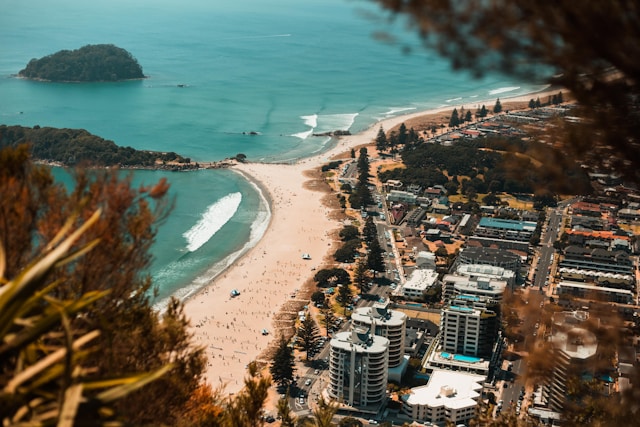
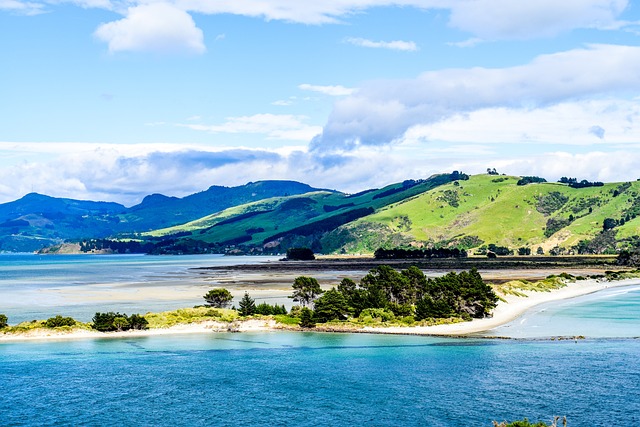
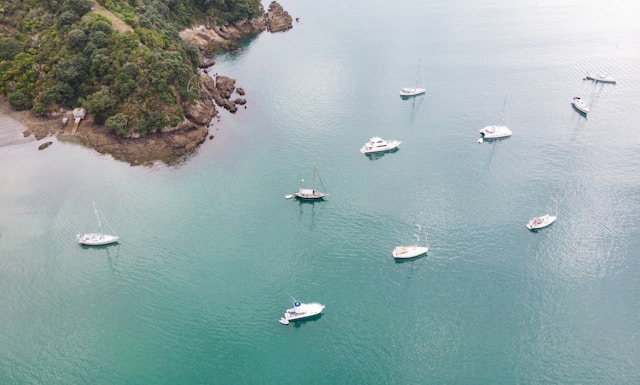


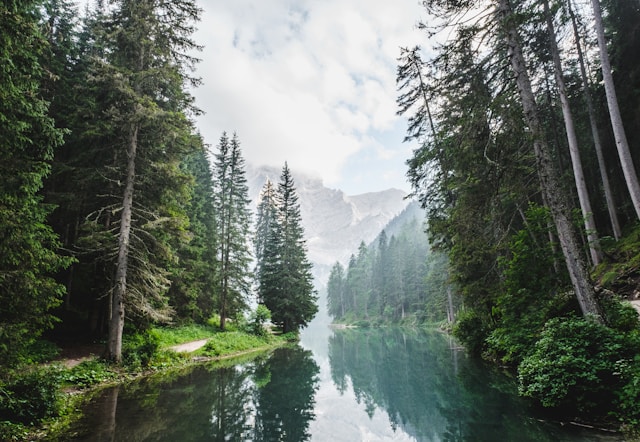
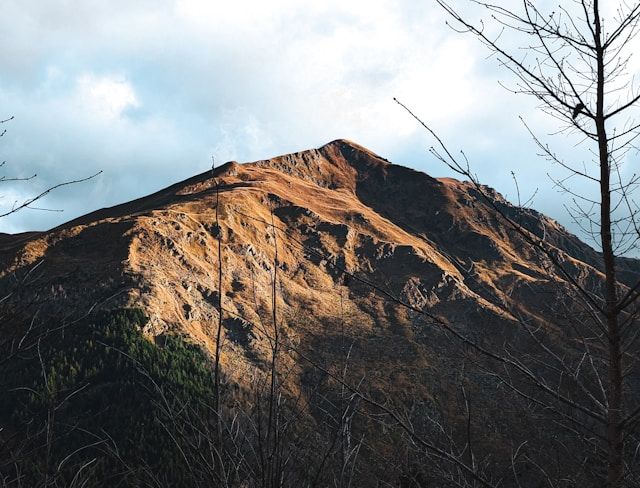
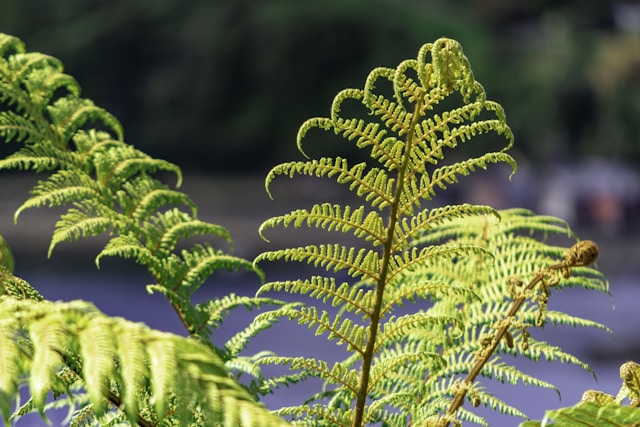
+ There are no comments
Add yours